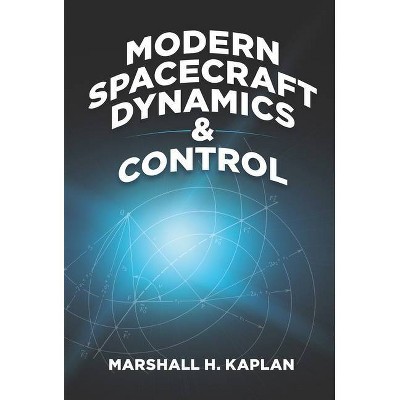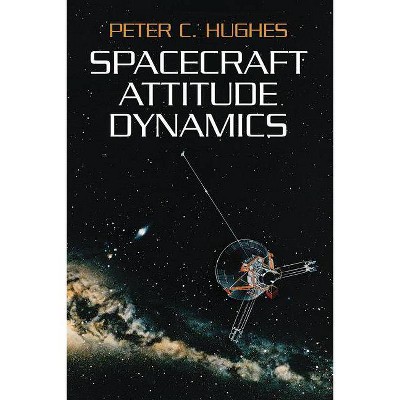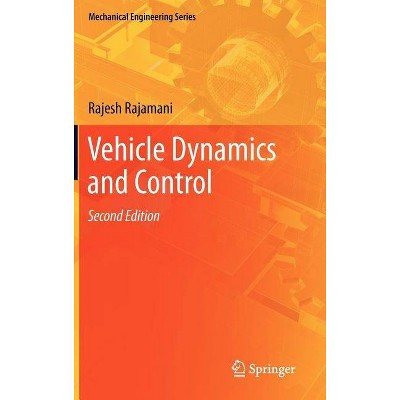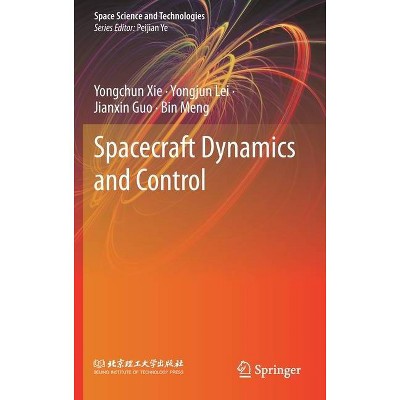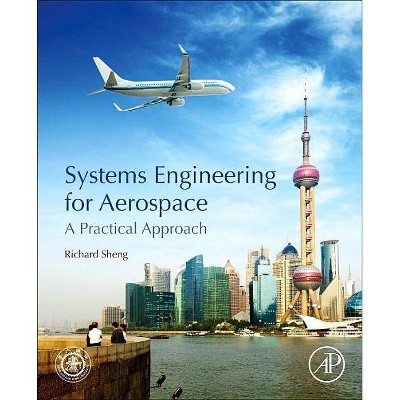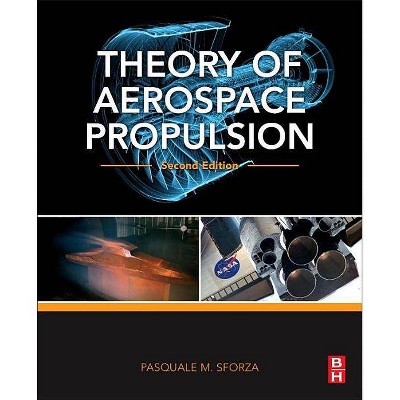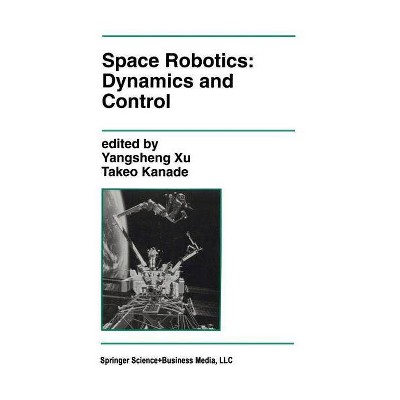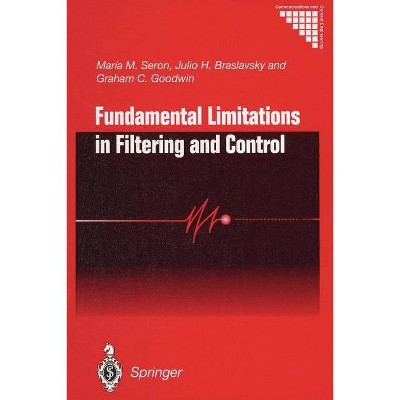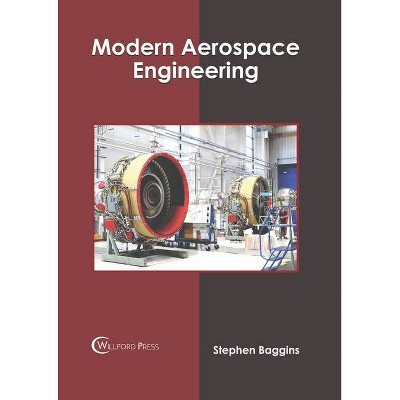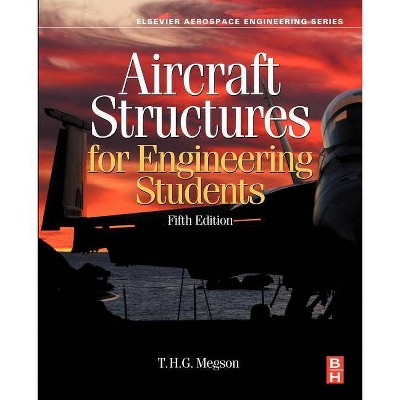Spacecraft Dynamics and Control - (Aerospace Engineering) (Paperback)
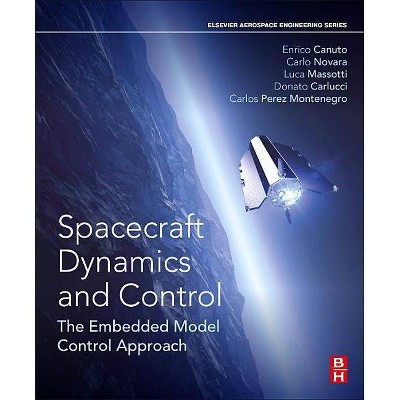
Similar Products
Products of same category from the store
AllProduct info
<p/><br></br><p><b> Book Synopsis </b></p></br></br><p><i>Spacecraft Dynamics and Control: The Embedded Model Control Approach</i> provides a uniform and systematic way of approaching space engineering control problems from the standpoint of model-based control, using <i>state-space equations</i> as the key paradigm for simulation, design and implementation. </p> <p>The book introduces the Embedded Model Control methodology for the design and implementation of attitude and orbit control systems. The logic architecture is organized around the <i>embedded model</i> of the spacecraft and its surrounding environment. The model is compelled to include disturbance dynamics as a repository of the uncertainty that the control law must reject to meet attitude and orbit requirements within the <i>uncertainty class</i>. The source of the real-time uncertainty estimation/prediction is the <i>model error signal</i>, as it encodes the residual discrepancies between spacecraft measurements and model output. The embedded model and the uncertainty estimation feedback (<i>noise estimator</i> in the book) constitute the <i>state predictor</i> feeding the <i>control law</i>. Asymptotic pole placement (exploiting the asymptotes of closed-loop transfer functions) is the way to design and tune feedback loops around the embedded model (state predictor, control law, reference generator). The design versus the uncertainty class is driven by analytic stability and performance inequalities. The method is applied to several attitude and orbit control problems.</p><p/><br></br><p><b> Review Quotes </b></p></br></br><br><p>Spacecraft Dynamics and Control approaches the problem of controlling a spacecraft from a model-based control perspective. Both orbit and attitude control are dealt with, although more focus is given on the latter. In my opinion, there are two main strengths of this book. Being the result of authors' collaboration with ESA, the book presents the material with a focus on practical applications. The case studies and proposed and solved exercises are carefully designed and they are a critical support for reading comprehension and self-assessment. This book distinguishes itself by the focus on strong model-based control. As such I consider it useful for researchers and practitioners with classical control theory expertise to familiarise with astrodynamics problems and for those with a more physics-based background to get their hands on spacecraft control control problems. Undergraduate and graduate students will find this book useful to understand fundamentals concepts and to carry out individual or group projects. The notation used and terminology is sometimes non-standard, however this does not impair upon the reading much as consistency is preserved along the manuscript.</p> <p>In my opinion, there are two main strengths of this book. Being the result of authors' collaboration with ESA, the book presents the material with a focus on practical applications. The case studies and proposed and solved exercises are carefully designed and they are a critical support for reading comprehension and self-assessment. This book distinguishes itself by the focus on strong model-based control. As such I consider it useful for researchers and practitioners with classical control theory expertise to familiarise with astrodynamics problems and for those with a more physics-based background to get their hands on spacecraft control control problems. Undergraduate and graduate students will find this book useful to understand fundamentals concepts and to carry out individual or group projects. The notation used and terminology is sometimes non-standard, however this does not impair upon the reading much as consistency is preserved along the manuscript. <b>--The Aeronautical Journal</b></p><br>
Price History
Price Archive shows prices from various stores, lets you see history and find the cheapest. There is no actual sale on the website. For all support, inquiry and suggestion messagescommunication@pricearchive.us
